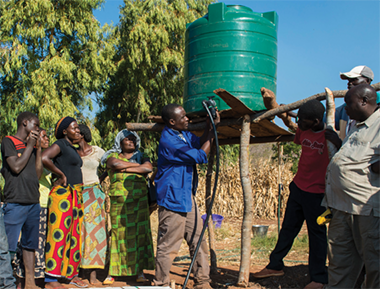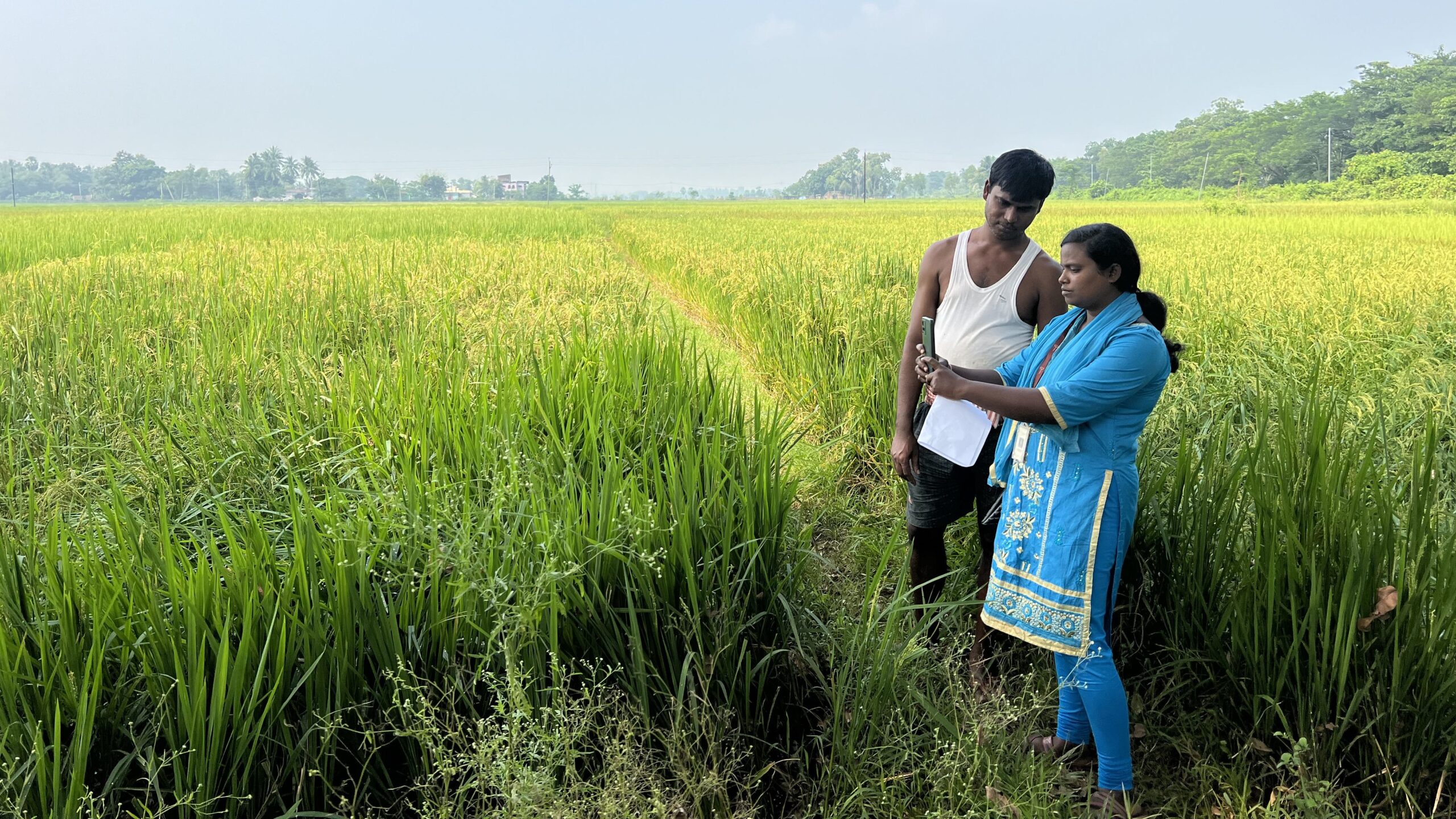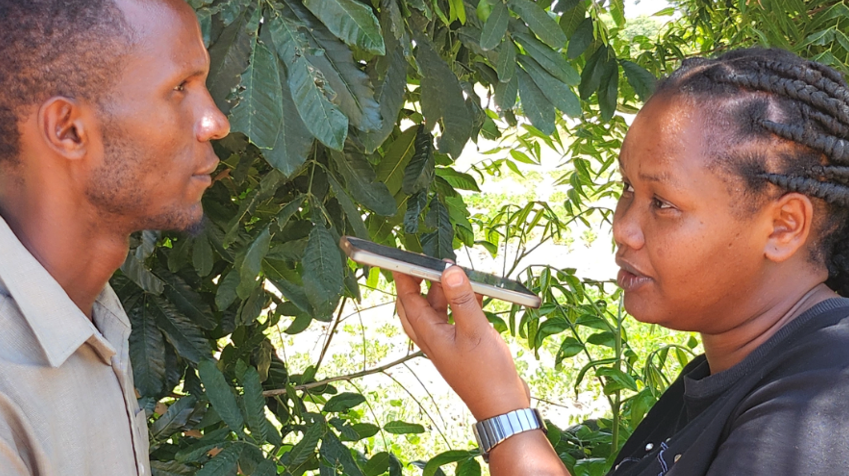The following post by IFPRI Director General Shenggen Fan was originally published on the Huffington Post website. It shares key findings from Chapter 2 of the 2016 Global Food Policy Report, which Fan co-authored with IFAD President Kanayo Nwanze.
There is a lot of buzz in the global development community about the Sustainable Development Goals (SDGs)—the pledges to cut poverty, hunger, and malnutrition while protecting the planet—signed by 193 countries. This commitment will guide global action over the next 15 years, promising to leave no one behind.
But we already risk overlooking one important group: small farmers. In the recently launched 2016 Global Food Policy Report by the International Food Policy Research Institute, I co-wrote a chapter with Kanayo F. Nwanze, president of the International Fund for Agricultural Development, on how small farmers can help us achieve many of the SDGs, but only if we bolster their ability to cope with climate change and other challenges.
Small farmers produce up to 80 percent of the food in Asia and Africa south of the Sahara, yet ironically they make up half of the world’s hungry people. In an ever-changing and modernizing world, small farmers face many challenges in keeping their businesses afloat and their families fed.
One of these challenges, of course, is climate change. Changes in weather patterns and climate shocks leave small farmers vulnerable. The most recent and strongest El Niño episode, for example, led to one of Ethiopia’s worst droughts in the past 30 years—farmers have faced major crop failures and decimated livestock herds. Small farmers—who often lack capital, assets, and access to services—do not have the resources to cope with these kinds of climate shocks.
So how can this frequently neglected group contribute to global development goals?
They will need our help. First, we must place small farmers in a broader economic context. Not all small farmers are the same, they either face soft or hard constraints.
For small farmers with soft constraints, they can move up by consolidating farm size and engaging in high value production. By investing in agricultural research and development for smallholder-friendly technologies, linking small farmers to efficient food value chains, and providing them with productive social safety nets, we can boost their productivity, raise their incomes, and improve their access to humanitarian assistance. These outcomes will contribute to poverty alleviation (SDG 1). At the same time, these forms of support can lead to more available, affordable, acceptable, and higher-quality nutritious foods, thereby contributing to food security and nutrition (SDG 2).
Other types of support, such as ensuring that small-scale women farmers have better access to and control over land can contribute to gender equality (SDG 5). Investments in climate-smart agriculture that are friendly to small farmers can help adapt to and mitigate climate change and thus promote climate action (SDG 13).
Small farmers who face hard constraints should be supported to move out to nonfarm employment. As many economies are still transforming, they can take advantage of this opportunity by moving to cities. Providing education, skills training, and access to health and unemployment benefits can help them find better jobs in urban centers and better adjust to this transition. In doing so, they can lease their land to farmers with soft constraints to increase farm size. All these will contribute to reducing poverty (SDG 1), hunger (SDG 2), and generate employment (SDG 8).
These are just examples of how supporting small farmers can push us toward attaining SDGs. When you count them up, empowered small farmers can help achieve more than half of the 17 SDGs (see our chapter for more details). That’s a big contribution for an often forgotten group of people!
All in all, the success of the SDGs will depend on country-led and -owned efforts that include everyone. To keep this agenda in focus, we must not leave small farmers behind. Instead, we must reach small farmers through better communication and harness their potential to elevate country-level progress by including them in national strategies as well as global climate negotiations. As the old saying goes, don’t bite the hand that feeds you. Instead, let’s acknowledge their presence and make room for them to join the circle of excitement.







